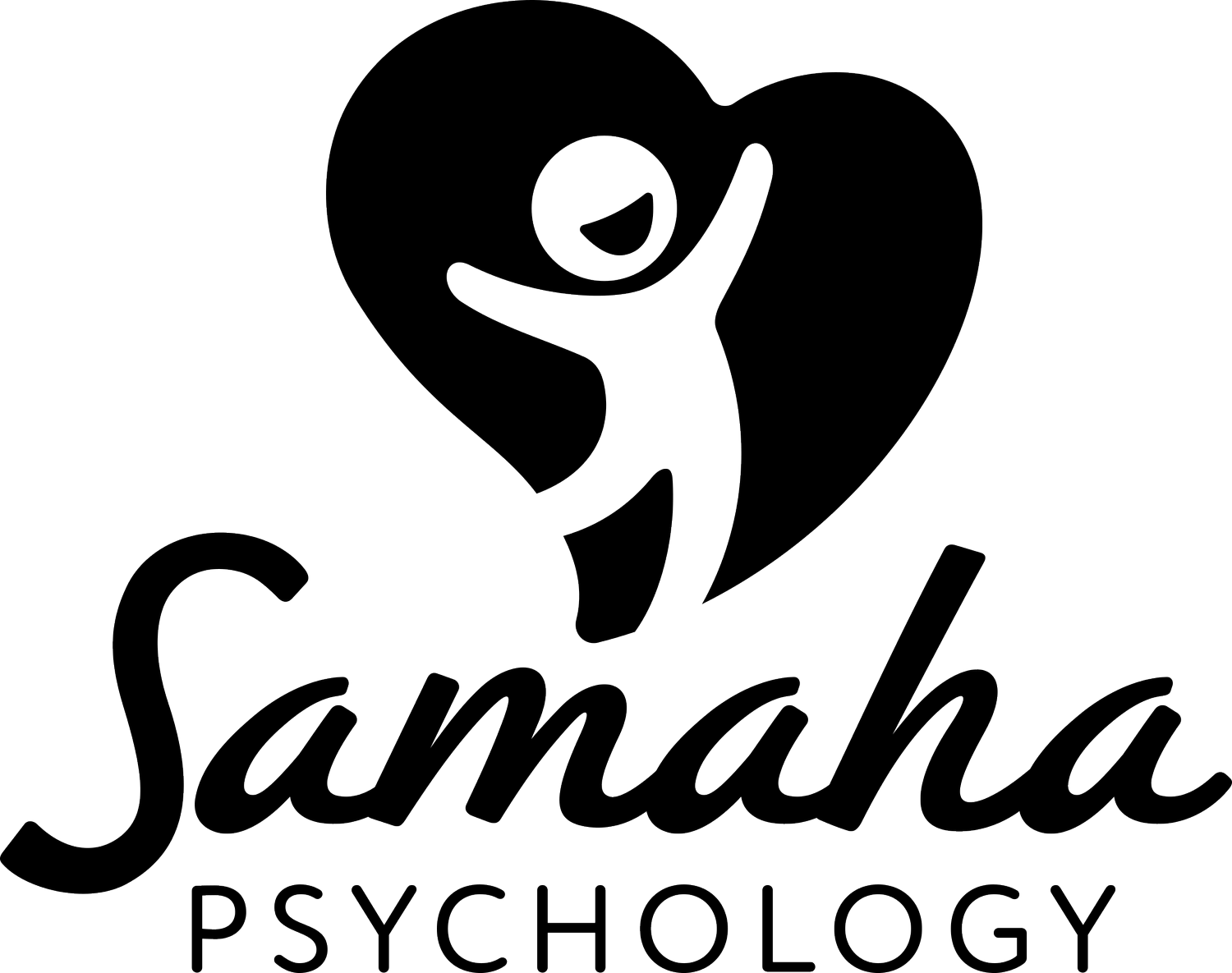How Anxiety Shows Up Differently in Children on the Autism Spectrum
Anxiety is common in childhood—but in children on the autism spectrum, it often shows up in ways that can be easy to miss or misunderstand. Many autistic children experience anxiety, but the source and expression of that anxiety often look different from what we typically associate with “anxious kids.”
What Drives Anxiety in Autistic Children?
For many autistic children, anxiety is tied to the world feeling unpredictable or overwhelming. Some common triggers include:
Changes in routine or plans
Even small shifts can make the day feel unsafe or out of control.Social confusion or fear of making mistakes
Group settings, unspoken rules, or unclear expectations can create intense stress.Sensory overload
Loud noises, certain textures, bright lights, or crowded spaces can push a child’s nervous system into “danger mode.”Things not going “as expected”
When events don’t follow the patterns or order a child relies on, anxiety can spike quickly.
What This Anxiety Can Look Like
Because autistic children may express anxiety differently, adults often misinterpret the behavior as “defiance,” “overreacting,” or “behavior problems.” In reality, it might look like:
Refusing to try something new
Meltdowns or shutdowns after small changes
Repetitive questions, checking, or reassurance-seeking
Increasingly rigid behaviors or routines
Many autistic children also have low insight into their fears. They may truly believe their worries are logical and necessary, making it harder for them to explain what’s wrong. Some soothe through repetitive behaviors—like pacing, rocking, or other forms of stimming—though these can be subtle or easily overlooked.
How This Differs From Typical Childhood Anxiety
Children with more typical anxiety often worry about:
Grades or performance
Friendships and social acceptance
Future events or “what if” scenarios
They can usually describe what they’re afraid of, even if the fear feels overwhelming. Autistic children, however, may struggle to identify or verbalize the root of their anxiety—and the triggers are often sensory, environmental, or related to predictability rather than traditional “worries.”
If This Sounds Familiar…
Noticing patterns of anxiety—especially those tied to sensory overload, routine changes, or rigid thinking—may be a sign that Autism is part of the picture. Understanding why your child feels the way they do can bring enormous relief.
Clarity gives you direction. It helps your child feel understood instead of misunderstood. And it opens the door to supports that actually fit their needs.
If your child’s anxiety feels confusing or hard to pin down, exploring an Autism evaluation or consulting with a specialist can be an important next step.
Learn more about Autism Evaluations
